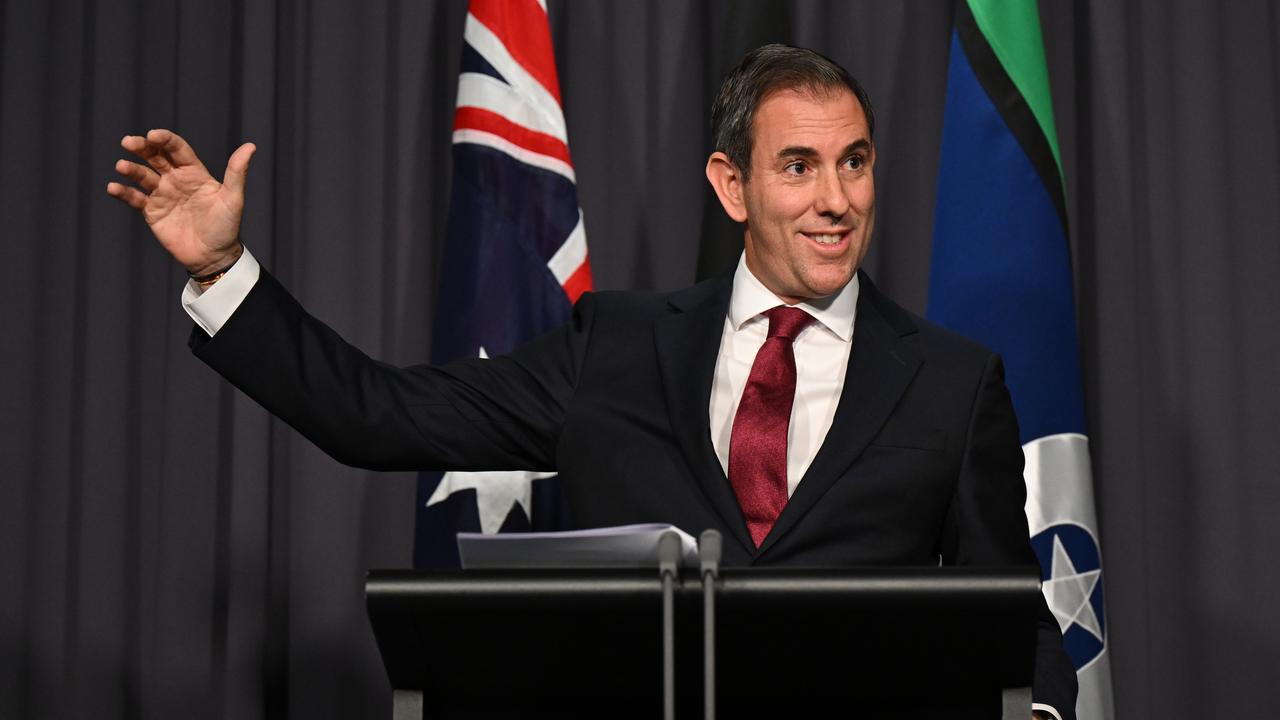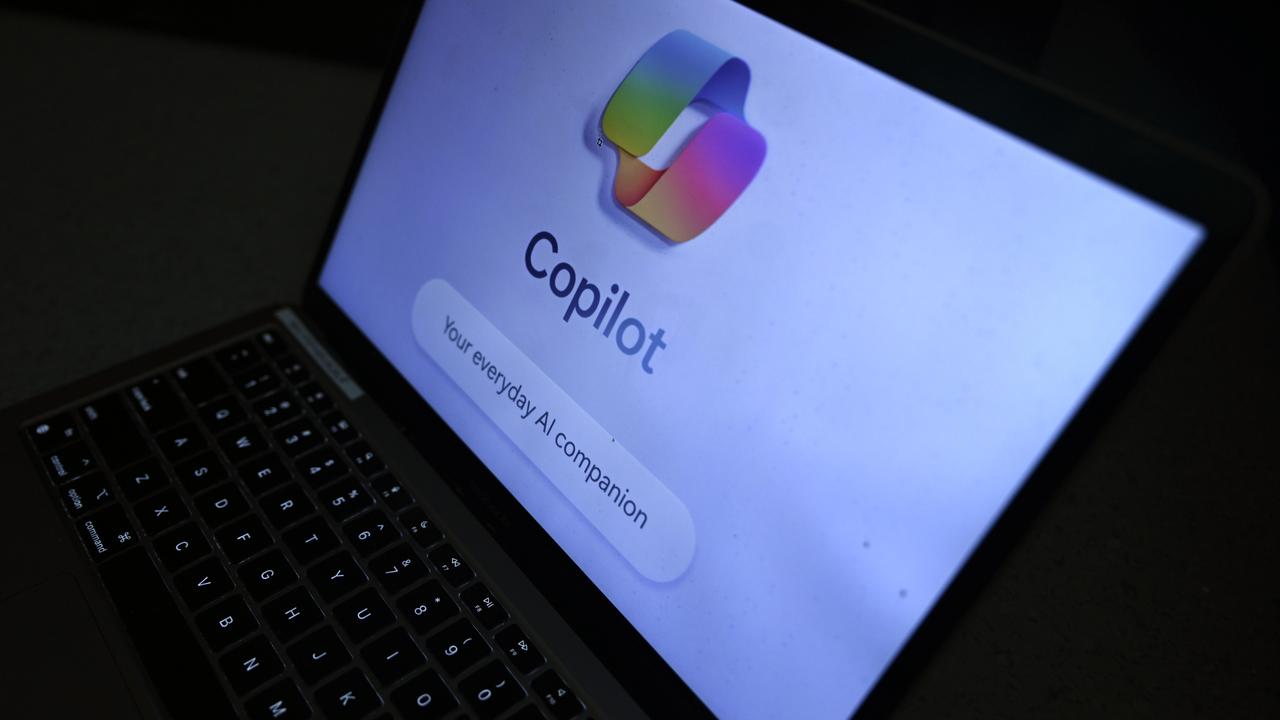With fresh figures set to show inflation comfortably within target, the federal government is turning its attention to how it can harness artificial intelligence to boost productivity.
The consumer price index for May is expected to remain steady at 2.4 per cent annually when the Australian Bureau of Statistics provides its latest inflation update on Wednesday.
While the monthly numbers bounce around more than quarterly inflation data – which is more influential to the Reserve Bank’s interest rate decisions – another month within the central bank’s 2-3 per cent target band is a good thing, Treasurer Jim Chalmers says.
“This will be a very substantial indication that we have got inflation down substantially and sustainably in our economy,” Dr Chalmers said on Tuesday.

Given it’s the second month of the quarter, the monthly indicator includes more items in the services side of the CPI basket, such as insurance and hairdressing.
That means a better gauge of price growth in parts of the economy more sensitive to the labour market and domestic demand, which are key drivers of homegrown inflation.
NAB head of markets economics Tapas Strickland expects the CPI to come in even lower than the market consensus at 2.2 per cent year-on-year, because of the later timing of Easter causing a larger-than-usual fall in travel prices.
“This is also expected to drive a sharp drop in the annual trimmed mean measure,” from 2.8 per cent to 2.4 per cent, he said.
With inflation largely under control, Dr Chalmers has turned his attention to lifting productivity growth, bringing the budget back in balance and making the economy more resilient, including through a reform roundtable in August.
Shadow treasurer Ted O’Brien will be reserved a seat at the table, if he chooses to accept, Dr Chalmers revealed on Tuesday.
One issue to be hotly debated at the summit is artificial intelligence, with a fight brewing between unions – which want more regulation to ensure workers get a cut of the AI windfall – and businesses, which fear over regulation will stifle adoption and innovation.

Workers need not fear losing their jobs to AI, with evidence showing job growth is most rapid among firms that are early adopters of AI, Assistant Minister for Productivity Andrew Leigh says.
“In fact, the biggest employment risk from AI may not be job displacement – it may be working for a business that doesn’t adopt it and falls behind or fails entirely,” he will tell the McKell Institute on Wednesday.
In his speech, Dr Leigh will lay out the government’s rationale of incremental regulation to manage risks such as privacy and misinformation, confirming Labor’s preference for a light-touch approach.
“Start by applying existing laws. Where those fall short, make technologically neutral amendments. Only if these approaches are insufficient should AI-specific rules be considered,” he will say.
“The goal is to protect the public while allowing productivity-enhancing innovation to flourish.”
Australian Associated Press is the beating heart of Australian news. AAP is Australia’s only independent national newswire and has been delivering accurate, reliable and fast news content to the media industry, government and corporate sector for 85 years. We keep Australia informed.





